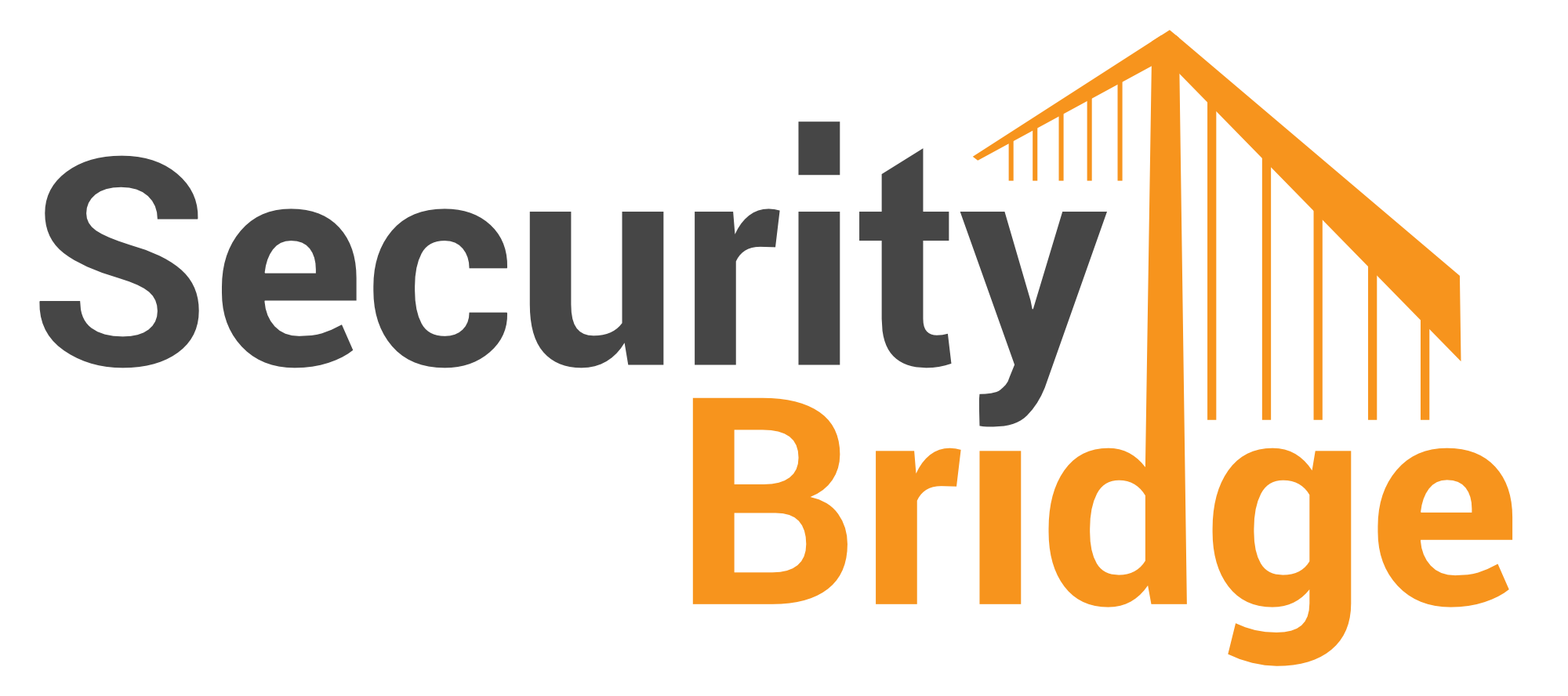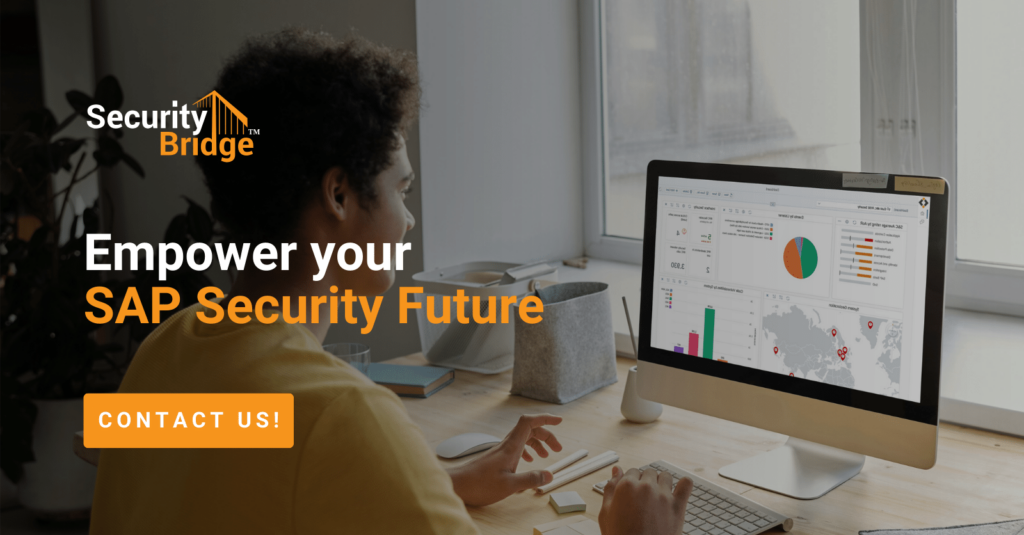
Why SAP GRC and Similar Tools Alone Can’t Secure Your SAP Systems

Chapters
Share Article
Let's Talk SAP Security
Have questions about SAP Security? We’re here to help. Contact Us
Discover the critical gaps in traditional compliance-focused tools—and how to build a truly secure SAP landscape with a holistic, real-time strategy.
The Reality: SAP is a High-Value Target
SAP systems are the backbone of enterprise operations. They store sensitive business data, run mission-critical processes, and keep day-to-day operations running. Yet, many companies assume that having SAP GRC or similar governance tools in place is enough to keep these systems safe. That assumption creates a false sense of security—and a big opportunity for attackers.
The Gaps in Traditional SAP Security Tools
Let’s walk through where SAP GRC and similar tools fall short, and why relying solely on them could put your business at risk.
1. Compliance ≠ Security
SAP GRC was built to help businesses manage risk and ensure compliance with internal controls and regulations. But meeting audit requirements isn’t the same as being protected against cyberattacks. Think of it like this: locking your front door may satisfy your insurance policy, but if the windows are wide open, you’re still vulnerable. Compliance doesn’t catch real-time attacks – it only shows you passed a check at a point in time.
2. No Real-Time Threat Detection
Governance tools like GRC weren’t designed to detect cyber threats as they happen. They won’t notify you if someone is trying to brute-force login credentials or accessing sensitive data at odd hours. Without real-time detection, a breach could go unnoticed for days. That’s a serious blind spot.
3. Reactive Risk Models
Most risk assessments in GRC tools are scheduled periodically – monthly, quarterly, or annually. But cyber threats don’t follow your audit schedule. Waiting weeks or months to evaluate risks just doesn’t cut it anymore. Companies need tools that continuously assess and adapt to changing risk levels.
4. Poor Integration = Blind Spots
Another important issue is that GRC tools often do not integrate well with other components of your security ecosystem. When they are not connected to SIEM systems, endpoint tools, or vulnerability scanners, you lose sight of the overall security landscape. This can slow down your incident response and leave parts of your SAP environment unmonitored.
5. Lack of Vulnerability Management
Many organizations are unaware that SAP GRC does not scan for technical vulnerabilities. This means that issues like outdated kernel patches, insecure transport, or misconfigured parameters are not detected. Here are just a few areas it misses:
– SAP system misconfigurations
– Outdated or unpatched software components
– Vulnerabilities in custom code
– Transport layer risks
Without automatic scanning and prioritization, your team may remain unaware of these weaknesses.
6. Too Narrow a Focus
GRC platforms primarily concentrate on identity and access management. They determine who has access to specific resources and whether that access aligns with established policies. However, attackers do not adhere to these rules. Once they gain entry, they can move laterally within the system, exploit vulnerabilities, or deploy malware – none of which is addressed by identity management tools.
7. Custom Code: The Silent Risk
Most SAP environments rely heavily on custom ABAP code, which is often overlooked during standard security reviews. If you’re not scanning this code regularly, you’re leaving the door open to serious issues like SQL injection, hardcoded passwords, and insecure integrations. These are the kinds of weaknesses attackers love because they’re hard to detect and easy to exploit.
The Path Forward: A Holistic SAP Security Model
To properly secure your SAP landscape, you need more than compliance reports. A modern SAP security strategy includes real-time monitoring, automated scanning, incident response capabilities, and secure coding practices.
Real-Time Monitoring & Detection
The ability to detect threats as they occur is critical. Real-time monitoring gives you immediate visibility into suspicious activities, policy violations, and unauthorized changes.
Automated Vulnerability Management
Modern tools can continuously scan your SAP environment for vulnerabilities, rank them based on severity, and help your team prioritize what needs fixing. This proactive approach is essential in today’s fast-paced threat environment.
Integrated Incident Response
When your SAP alerts are connected to your SIEM, you gain the ability to respond to threats in context. It’s not just about seeing that something happened – it’s about being able to act on it quickly and effectively.
Custom Code Security
Securing SAP means securing your custom code. Automated code scanning tools can catch issues early in development before they make it into production and put your system at risk.
DevSecOps for SAP
Embedding security checks into your development process – what’s often called DevSecOps – helps ensure that every new release is vetted and secured. This reduces your attack surface and builds a culture of security in your SAP lifecycle.
Why Unified Platforms Are the Future
The most effective SAP security programs combine governance, detection, vulnerability management, and secure development in one place. Platform solutions like SecurityBridge make this possible by unifying these capabilities into a single, integrated system that covers your entire SAP stack.
Key Takeaways
Here’s the bottom line: GRC tools are important, but they don’t offer complete protection. A strong SAP security posture requires:
– Real-time monitoring and threat detection
– Automated scanning for vulnerabilities and misconfigurations
– Integrated response and visibility across systems
– Custom code analysis and DevSecOps practices
When these pieces come together, you move from reactive compliance to proactive security.
Ready to Protect Your SAP Crown Jewels?
SecurityBridge helps you build a security strategy that goes far beyond checklists and audits. Our unified platform offers 360-degree protection of your SAP environment, from development to production. If you’re ready to secure your SAP systems properly, we’re here to help.
Contact us and we will be happy to tell you more about our guided approach to SAP Security excellence. For more SAP security-related news, articles, and whitepapers, please follow us on LinkedIn!

